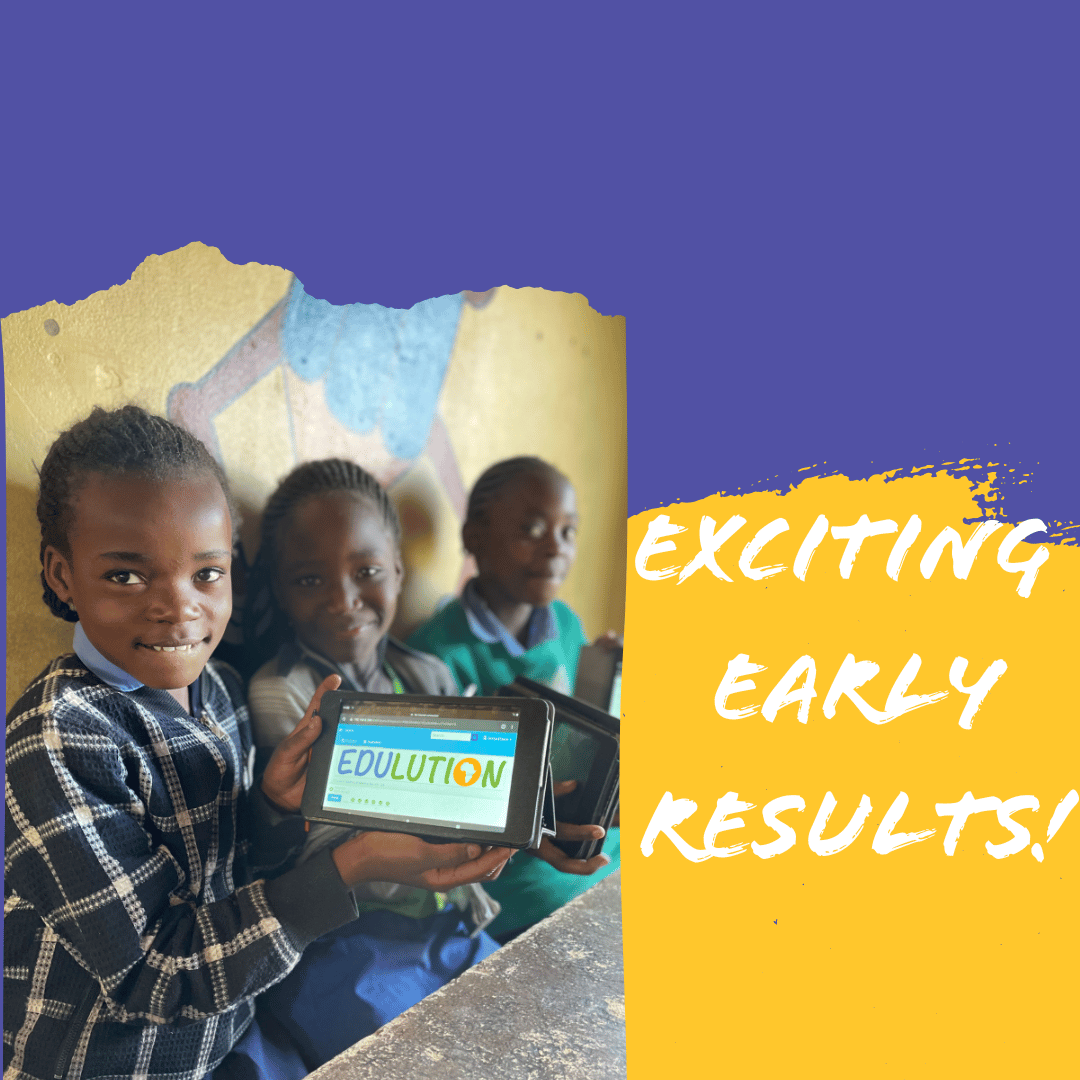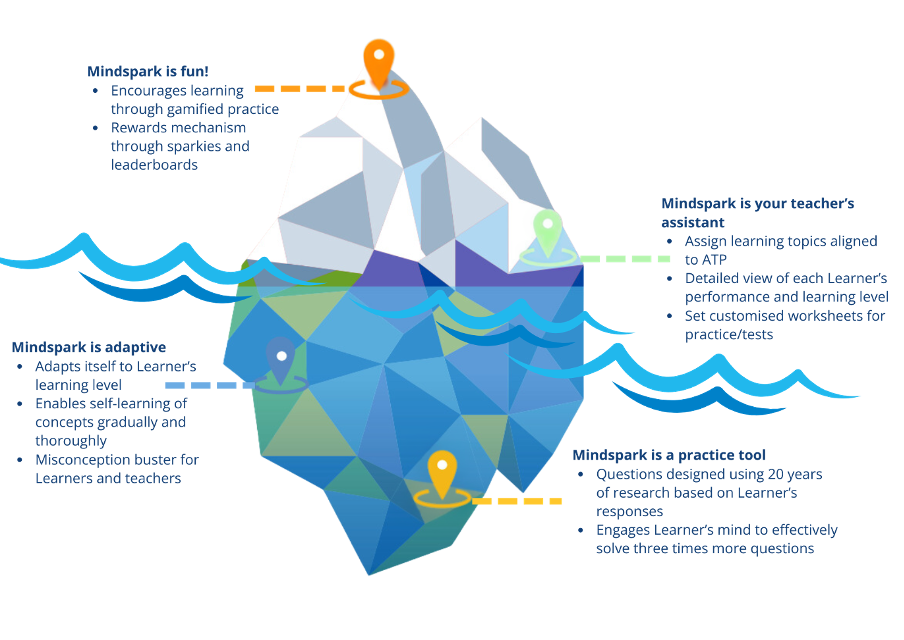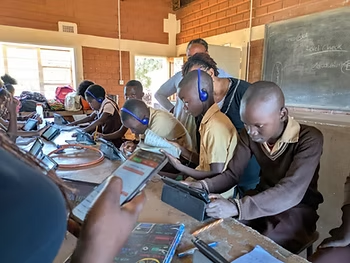5 Things we learned by launching e-learning during lockdown


Like many organisations that invest in regular staff training, COVID-19 meant we had to innovate quickly to maintain our people’s learning and development progress. We’ve always believed in face-to-face training, because it brings together remote teams for personal connections, sharing stories and solutions, and crucially strengthening our culture. So online and e-learning had a lot to live up to.
We have been creating recorded versions of our trainings for some time, but the lockdown made us accelerate this process, and integrate them into a proper e-learning structure. Using screen recording software like Camtasia to capture and edit trainings, a green screen and webcam to insert a “live” narrator, and Kolibri as a learning management system, we were up and running. The response of our team to the e-learning program exceeded our expectations - across 140 participants, over 5 weeks, we had a 100% completion rate for our full training schedule. So we had to wonder if we got lucky, or whether certain principles set us up for success.
Here is what we think worked well – and a few things we would change:
1. Learning is social: A big reason people love attending live courses and learning events is the social dimension of networking and converting colleagues into friends. So we made a big effort to form our remote individual learners into groups, with rotating leaders, connected through Whatsapp and Zoom check-ins. Tuition videos contained pauses for group discussion, and assessments post-video required an output that only a group could create. We also made it fun, with a catchy if obvious name “Lockdown Learning” and lots of recognition on the Whatsapp groups from our leadership team.
2. Structure creates freedom: At first, infused with the brave new world of learner-driven education, we let groups set up their own start times, and create their own structure on how to run the sessions. We could see engagement levels weren’t what they could be: the feedback postings were shallow, and start-times were erratic. Could it be that by imposing more structure we could increase people’s freedom to learn? So, we specified that groups needed to start and wrap-up at the same time, with assessment results submitted that day. The result was energy and outputs picked up substantially. Feedback also told us explicitly that lockdown had removed structure for people and they welcome some of it coming back into their lives.
3. Blended learning magnifies impact: the online training served as a refresher course for many people that had previously attended in-person training. Their feedback was that the digital version activated a lot of dormant learning from those trainings, and reminded them where the gaps were between theory and practice. This gives us a glimpse into how to use elearning in a post-COVID world: the digital course will precede condensed in-person training, and thereafter follow it to consolidate newly acquired skills.
And here’s 2 things we didn’t get 100% right.
1. Soft skills can’t be taught online: there seem to be many e-learning businesses operating on the assumption that soft skills can be taught online, but our evidence is that these skills are taught through high-touch human relationships. You can teach the principles of emotional intelligence, teamwork, or effective communication but without coaching them in a live situation, and providing supportive accountability for their expression, the theory remains abstract, unapplied, and eventually forgotten. Our investment in high-cost interpersonal soft skills training pays off in the development of our people.
2. Design for cracked screen and low bandwidth: our learners are based around Africa and some rural areas have poor connectivity. So does that cool design element really need to be included, or that fancy plugin, or high-res video? In nearly all cases, rudimentary design is an asset and basic functionality is a gift to the user. Also, since the courses were mostly accessed via mobile, often with cracked screens, use less words with larger fonts.
We’re excited about e-learning for many reasons. It is cost-effective, shrinks the vast distances between our people to zero, and offers an immediate channel to transmit information and skills. And done right, our people seem to enjoy it, so long as it complements not replaces the high-touch style of personal connection at the heart of our culture.
Edulution facilitates digital learning by running after-school numeracy and literacy programs in Zambia, Namibia and South Africa designed to support the public-school system. Edulution is a social enterprise dedicated to empowering developing countries by transforming learning, with a focus on Sub-Saharan Africa.
Subscribe to our newsletter
Get updates, impact stories, and insights delivered straight to your inbox.




